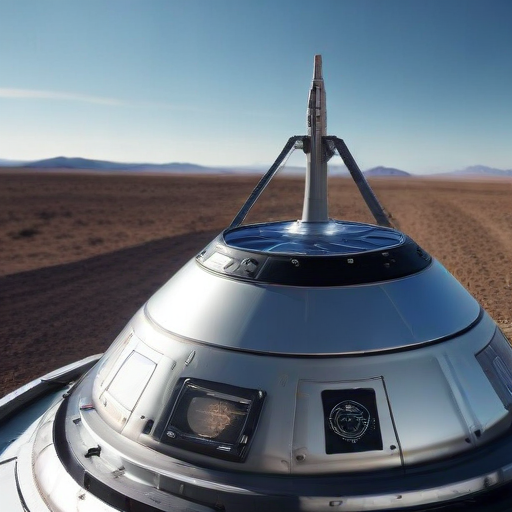Boeing’s CST-100 Starliner spacecraft may soon be preparing for its return to Earth after the successful completion of ground testing on its thrusters. These tests were crucial to understanding the spacecraft’s performance issues, which have kept it in orbit since early June.
The recent update from Boeing and NASA confirmed that the testing of the Starliner’s Reaction Control System (RCS) thruster at the White Sands Test Facility in New Mexico has concluded. The focus has now shifted to analyzing the data gathered during these tests. The primary goal was to identify the causes of thruster failures during flight, as a few thrusters had to be deselected due to malfunction.
The root of these issues stemmed from leaks in the helium tanks, which control the thrusters, leading to several delays surrounding the Starliner’s launch. Despite this, the spacecraft is equipped with a sufficient supply of helium, boasting 70 hours on board when only seven hours are necessary for operations. While officials indicated previously that the spacecraft was technically ready for a return, they have clarified that more preparations are needed before the journey home.
Recent statements suggested that Boeing and NASA are progressing towards a potential return flight by the end of the month. However, the timeline has become less certain. Engineers will now disassemble and inspect the thrusters and finalize the necessary justification for reviews required for the Starliner’s safe landing. This process is an essential step before the spacecraft can bring commander Butch Wilmore and pilot Suni Williams back to Earth in the coming weeks.
In summary, while the Starliner has faced considerable challenges, the successful completion of thruster testing marks a significant advancement toward its eventual return. The diligent efforts of the teams at Boeing and NASA are a testament to their commitment to safety and progress, providing hope for a successful conclusion to this mission.
